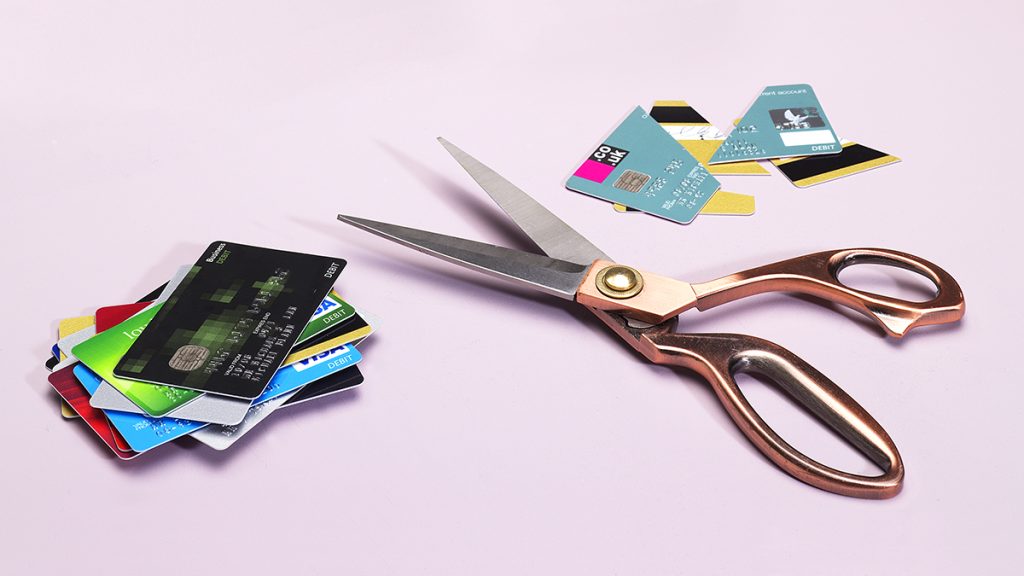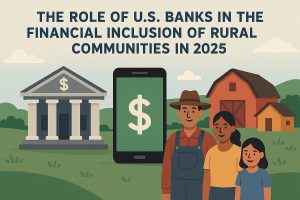Credit cards are a powerful financial tool, offering convenience, rewards, and emergency spending capabilities. But behind the glossy promotional offers and attractive cashback programs, there are hidden traps that can lead to severe financial stress. One of the most significant challenges for many users is the high-interest rates attached to unpaid balances.
This guide will walk you through the key areas where credit card users typically stumble. From the psychology of spending to the fine print of your agreement, we will explore what makes credit cards so tricky and how to stay clear of financial harm. With a deeper understanding of these issues, you can avoid costly mistakes and build a strong, debt-free financial future.
The illusion of affordability

Credit cards make spending money incredibly easy, which can trick your brain into underestimating how much you’re actually spending. When you use cash, the physical act of handing over money creates a psychological signal of loss. But with a credit card, there’s no such moment of impact, which can result in impulsive or excessive purchases. This disconnect leads many people to spend beyond their means, believing they will figure out repayment later.
Retailers and online platforms reinforce this illusion by promoting buy-now-pay-later options or highlighting the minimum payment due. These psychological nudges make it seem like purchases are more affordable than they really are. Over time, even small overspending habits can add up, especially when interest kicks in and begins compounding month after month.
The danger of minimum payments
One of the biggest traps of credit cards lies in the minimum payment requirement. On paper, it might seem like a gift—only needing to pay $25 or $50 to avoid penalties. However, this small payment often covers only a fraction of the interest, barely touching the principal balance. What seems like a short-term relief becomes a long-term burden, as interest continues to grow on the unpaid portion.
Many cardholders mistakenly assume that as long as they’re making the minimum payment, their debt is under control. In reality, this can stretch repayment over many years, significantly increasing the total amount paid. Credit card companies benefit greatly from this model, as it allows them to collect interest for extended periods. This practice keeps users trapped in a cycle where their balances never seem to shrink, despite regular payments.
The complexity of interest rates
Understanding how credit card interest works is more complicated than most people realize. Each card comes with an Annual Percentage Rate (APR), but this is not a flat charge applied once a year. Instead, interest is typically calculated daily based on your average daily balance, meaning it can compound quickly if not paid off each month. This makes carrying a balance from one cycle to the next particularly costly.
The situation becomes even more confusing with different types of APRs. Purchases, cash advances, and balance transfers can all have different rates, and promotional rates can expire without warning. Some cards include penalty APRs that kick in if you miss a payment, raising your interest rate to levels over 25% in some cases. Without paying close attention, it’s easy to find yourself paying significantly more than expected.
The hidden fees that add up
While interest charges receive the most attention, many credit card users are also burdened by hidden fees that silently drain their finances. These can include annual fees, late payment fees, over-the-limit fees, and foreign transaction charges. Though each may seem small on its own, together they can add a surprising amount to your overall costs, especially if you’re unaware they even exist.
Annual fees, for example, may be justified by premium benefits, but if you’re not actively using those perks, you may be paying for nothing. Late fees can quickly reach $30 or more, and over-the-limit fees penalize users for exceeding their credit line, sometimes without warning. Travel can bring its own set of issues, as some cards charge a fee for purchases made in foreign currency, even when used online.
The spiral of revolving debt
Perhaps the most dangerous trap of all is the accumulation of revolving debt. This occurs when cardholders continuously carry a balance month after month, creating a snowball effect that can lead to overwhelming financial pressure. Each month’s interest adds to the previous balance, and without a clear plan for repayment, it becomes harder to break free.
Revolving debt affects more than just your bank account—it impacts your credit score, mental health, and even your future borrowing ability. High utilization rates on your cards can drag down your credit rating, making loans and other financial products more expensive or harder to obtain. The constant stress of managing multiple payments can also impact your day-to-day well-being and long-term goals.
Building smarter credit habits
Avoiding the traps of credit cards isn’t about avoiding credit altogether—it’s about building habits that help you stay in control. Responsible use starts with self-awareness, knowing your spending patterns, and aligning your card usage with your financial goals. When used correctly, credit cards can help build your credit score, offer fraud protection, and provide emergency liquidity without leading to long-term debt.
A major part of developing smarter habits is staying informed. Financial literacy gives you the tools to ask the right questions and make decisions that support your overall well-being. Understanding the difference between wants and needs, tracking spending with apps or spreadsheets, and regularly reviewing your statements can help you stay on top of your finances. Education, not avoidance, is your greatest weapon against credit card pitfalls.
Conclusion: taking control of your credit future
Credit cards don’t have to be financial traps. When used with care and intention, they can be powerful tools that support your goals. But without understanding the risks—like high interest, hidden fees, and psychological spending triggers—it’s easy to fall into debt that feels impossible to escape. Awareness is the first step to protecting yourself.
With practical strategies, better habits, and a commitment to learning, you can avoid the dangers that credit cards often hide. Treat your credit card as a financial ally, not a lifeline. Pay attention to the details, prioritize full payments, and always keep your long-term goals in sight. That way, you can enjoy the benefits of credit without becoming another victim of its traps.






